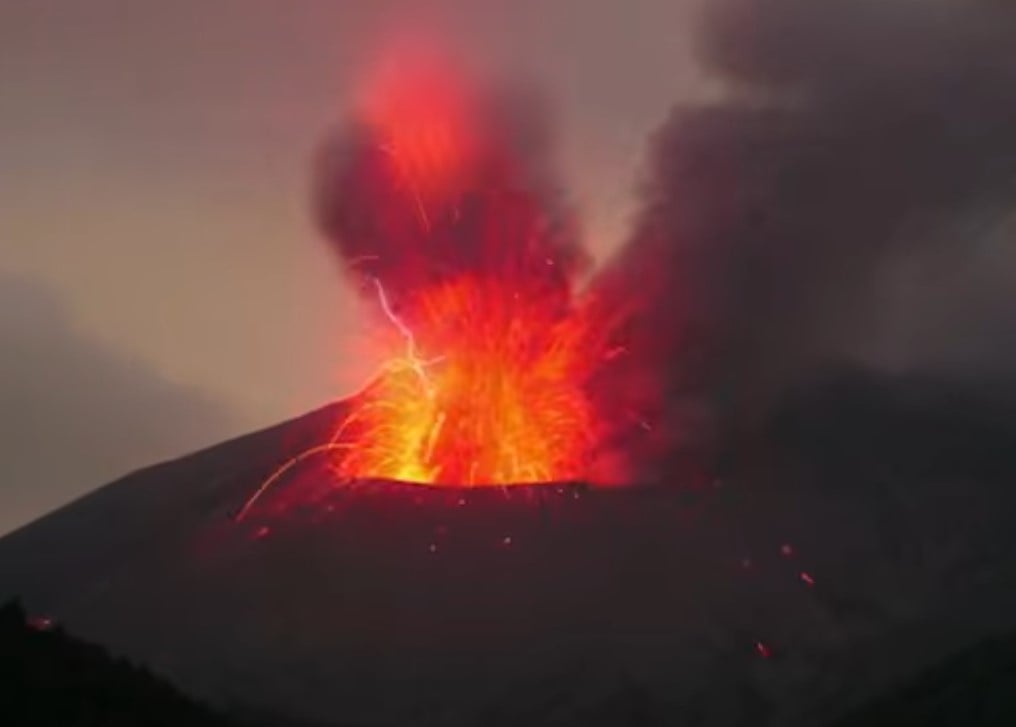Scientists have recorded the sound of volcanic thunder for the first time. Scientists have previously recorded the lightning after a volcanic eruption. However, this is the first time scientists managed to record thunder that was isolated from the volcanic eruption, according to AGU.org.
“It’s something that people who’ve been at eruptions have certainly seen and heard before, but this is the first time we’ve definitely caught it and identified it in scientific data.” Matt Haney, seismologist at the Alaska Volcano Observatory and lead author of a new study published in the Geophysical Research Letters, said in a statement.
In order to catch the sound of the volcanic thunder, scientists used microphones positioned on an island near the volcano in eruption. They also used maps to track the lightning strikes so that they could identify the sounds of thunder and isolate them from the eruption explosions themselves.
The research team chose the Bogoslof volcano in Alaska’s Aleutian Islands in the northern Pacific Ocean for the study to carry the most accurate results. They observed the Bogoslof volcano between December 2016 and August 2017, as it was erupting at that time. During that time the volcano erupted more than 60 times. The plumes of ash it spit out were reaching over four miles into the sky.
According to the researchers, their analysis and detection of volcanic thunder and lightning could have a large contribution to the size estimation of ash plumes that the volcanoes spew during their eruption. The team also discovered that the intensity of the lightning is also matched by the strength of thunder that accompanied it.
“Understanding where lightning is occurring in the plume tells us about how much ash has been erupted, and that’s something that’s notoriously difficult to measure,” Jeff Johnson, geophysicist of Boise State University said in a statement. Johnson wasn’t involved with the new study.
“So, if you’re locating thunder over a long area, you could potentially say something about how extensive the plume is.” He said.
According to the report, the volcanic thunder and lightning coming from volcanic eruptions is not rare. Volcanic eruptions are very noisy, with explosions of smoke, ash, and magma, which can cause rumblings and which result in the ground being shaken for miles. The ash from the plumes results in rubbing against ice crystals, and in the process they become electrified, which results in lightning. That lightning storm is accompanied by thunder, however, scientists hadn’t been able to isolate the sound of thunder during volcanic eruptions, and weren’t sure if it was possible.
“If people had been observing the eruption in person, they would have heard this thunder,” Haney said. “I expect that going forward, other researchers are going to be excited and motivated to look in their datasets to see if they can pick up the thunder signal.”





